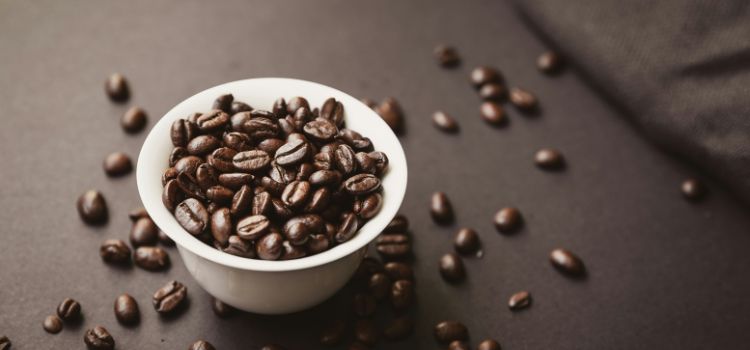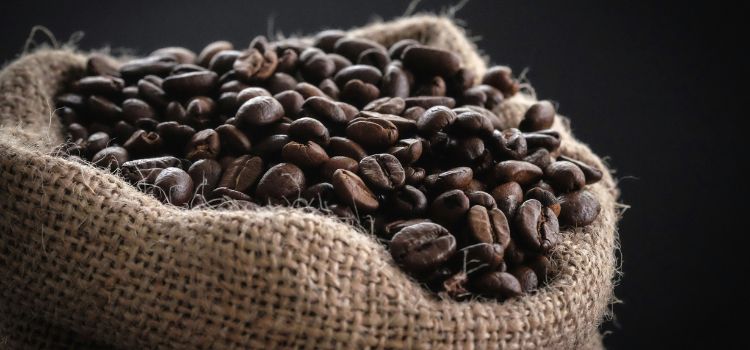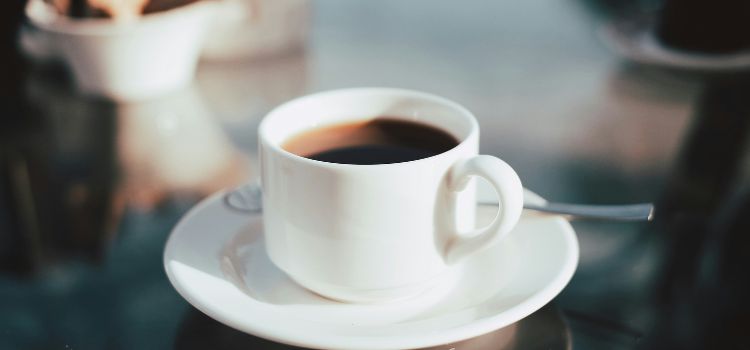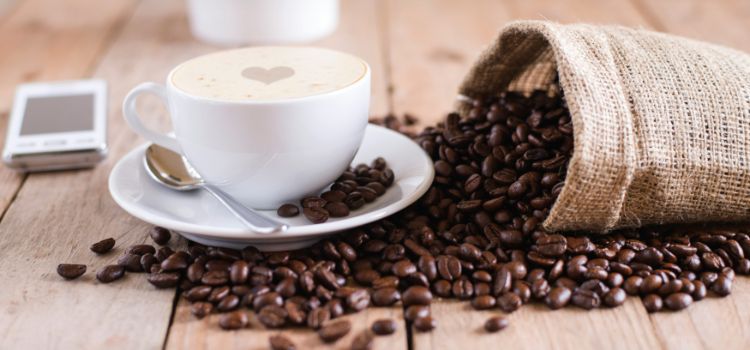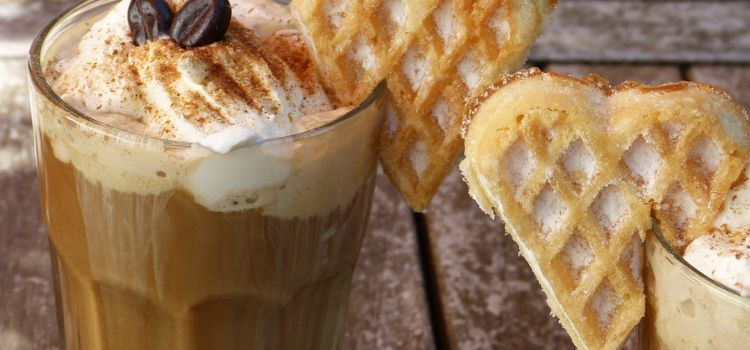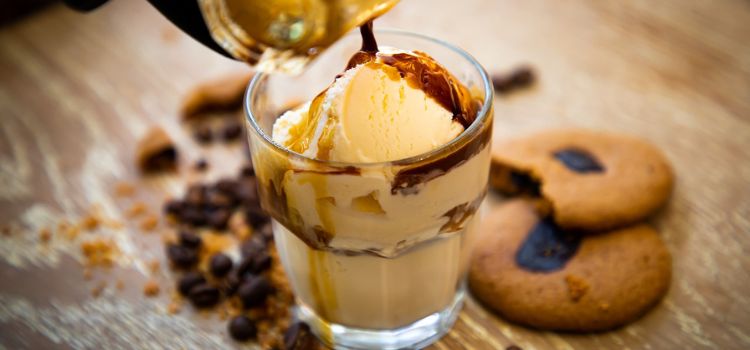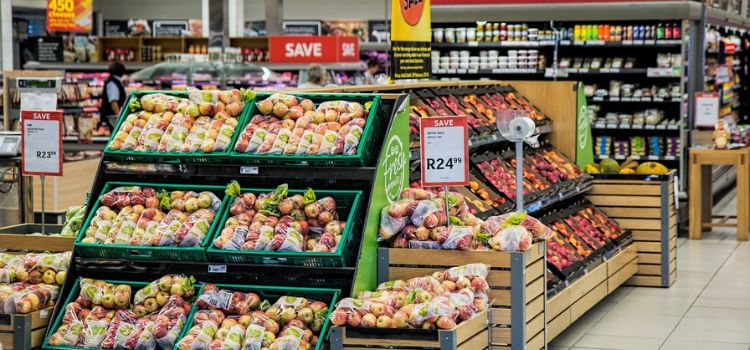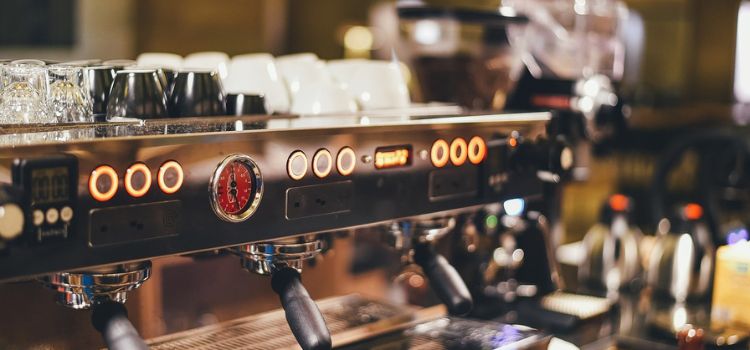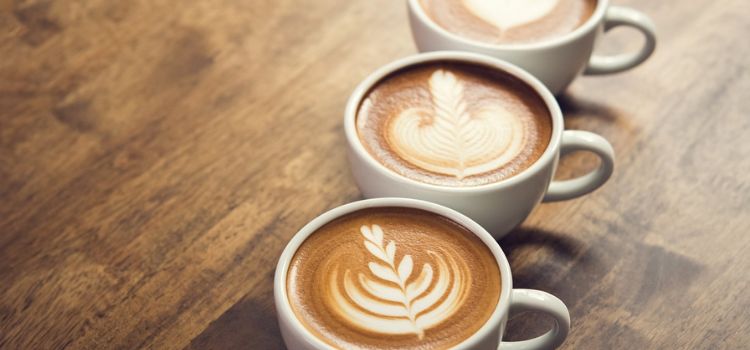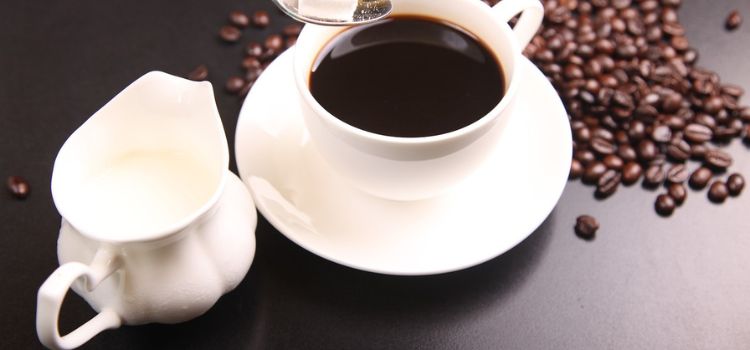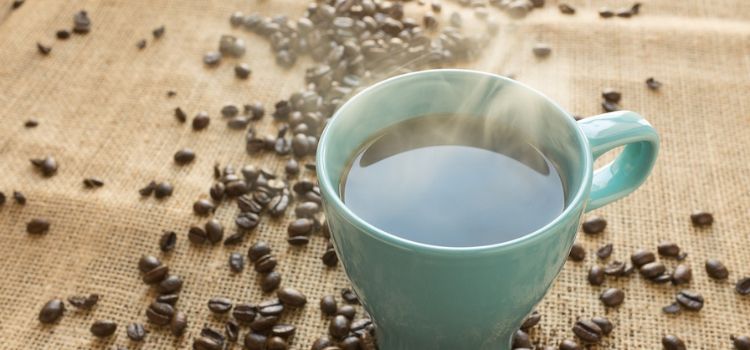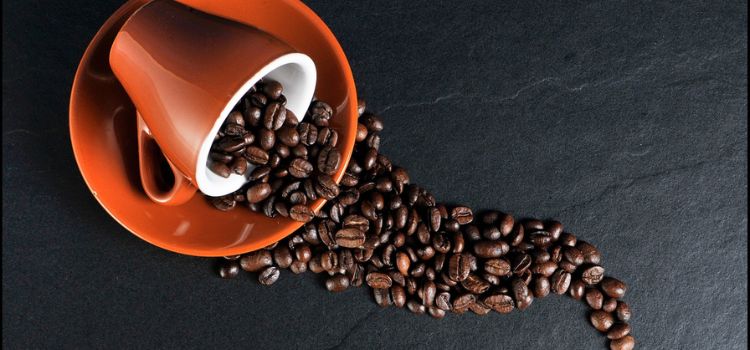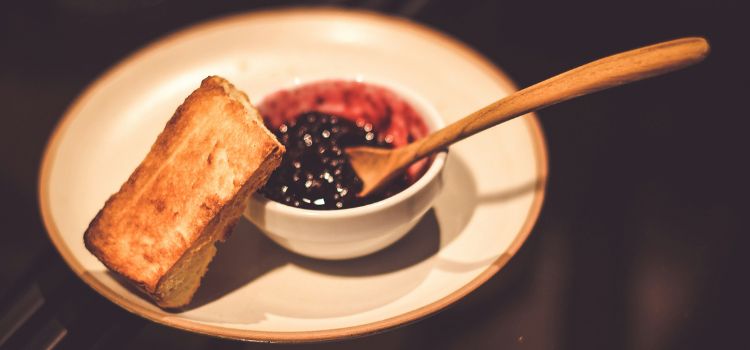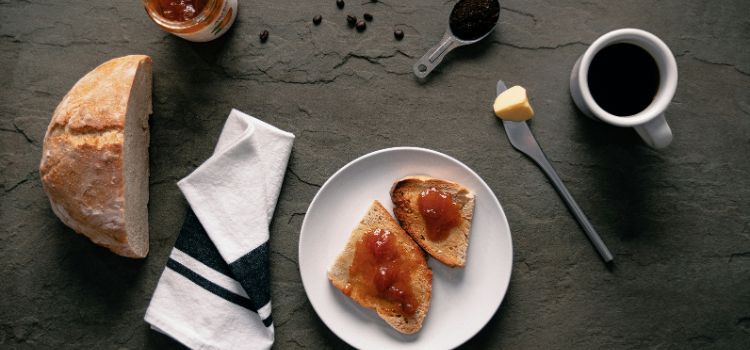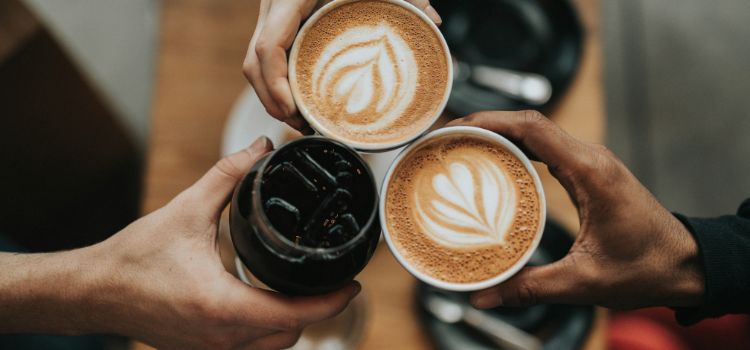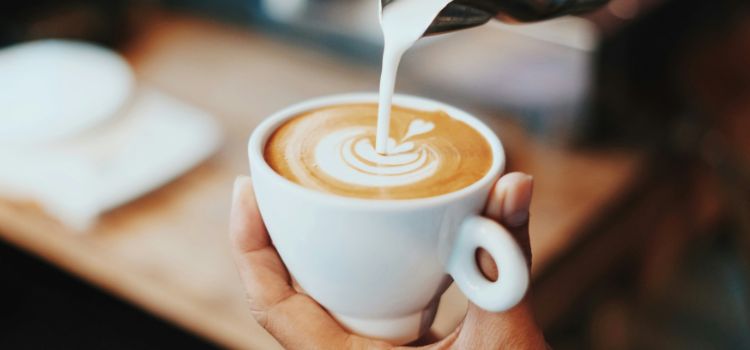The best coffee for weight loss is black coffee as it is low in calories and can help boost metabolism. Introducing black coffee into your diet can promote weight loss due to its minimal caloric content and ability to increase metabolic rate.
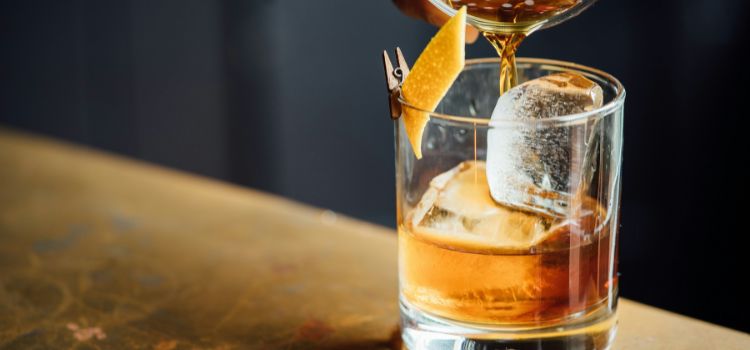
Coffee can also suppress appetite and enhance fat oxidation, making it a potential aid in achieving weight loss goals. Additionally, black coffee is a natural source of caffeine, which provides an energy boost and enhances alertness during workouts. However, it’s important to note that adding sugar, cream, or other high-calorie additives can negate the potential weight loss benefits of black coffee.
The Connection Between Coffee And Weight Loss
Coffee is a popular beverage that has been gaining attention for its potential role in weight loss. Understanding the connection between coffee and weight loss can provide insights into its effects on the metabolism and the role of caffeine in aiding weight management.
Effects Of Coffee On Metabolism
Coffee may boost metabolism, leading to increased calorie burn and potentially supporting weight loss efforts.
Role Of Caffeine In Weight Loss
Caffeine, found in coffee, can increase energy expenditure and enhance fat oxidation, potentially aiding in weight loss.
Types Of Coffee For Weight Loss
Coffee, a beloved beverage for many, has been attributed with various health benefits. When it comes to weight loss, certain types of coffee may provide additional support. Understanding the different types of coffee for weight loss can help individuals make informed choices in their wellness journey. Let’s delve into the types of coffee that are often associated with weight loss benefits.
Black Coffee
Black coffee is a popular choice for those seeking weight loss benefits. Its simplicity is key – made with just coffee beans and water, it is a low-calorie, no-nonsense option. Black coffee is not only known to boost metabolism but also serves as a source of antioxidants. Antioxidants are essential in supporting the body’s overall health and well-being. Additionally, as it is free from added sugar and cream, it can help individuals in controlling their calorie intake effectively.
Green Coffee
Green coffee, derived from unroasted coffee beans, has become increasingly popular in weight loss circles. It contains a higher amount of chlorogenic acid, a substance that is believed to have a positive effect on metabolism and fat burning. Furthermore, green coffee may help in regulating blood sugar levels, which can contribute to weight management. Its distinct composition makes it a noteworthy option for those looking to support their weight loss efforts.
Bulletproof Coffee
Bulletproof coffee is a unique blend of coffee, grass-fed butter, and medium-chain triglyceride (MCT) oil. This combination is touted to provide sustained energy, enhance mental clarity, and even aid in weight loss. By incorporating healthy fats from the butter and MCT oil, this coffee may promote a feeling of fullness, potentially reducing overall calorie consumption. Moreover, MCT oil has been associated with increased fat burning and can be an additional support in a weight loss journey.
Nutritional Content And Benefits
The nutritional content and benefits of coffee make it a fascinating subject, especially for those seeking to shed some extra pounds. The impact of coffee on weight loss can be significant, and understanding the nutritional benefits can help make an informed choice. Let’s dive into the nutritional content and benefits of different types of coffee.
Antioxidants In Coffee
Coffee is rich in antioxidants, which play a crucial role in protecting the body from damage caused by harmful molecules known as free radicals. These compounds are known for their ability to fight inflammation and reduce the risk of chronic diseases. The antioxidants in coffee include chlorogenic acid, cafestol, and trigonelline, which contribute to its potential health benefits.
Weight Loss Properties Of Different Coffee Types
When it comes to weight loss, different types of coffee have varying properties that can aid in the process. Here are some popular coffee types and their weight loss properties:
- Black Coffee: Rich in caffeine, black coffee can boost metabolism and enhance fat-burning during exercise.
- Green Coffee Bean Extract: Contains chlorogenic acids, which may help in reducing fat accumulation and improving fat metabolism.
- Bulletproof Coffee: Combining coffee with grass-fed butter and MCT oil can promote satiety and support fat burning.
How To Incorporate Coffee Into Your Weight Loss Journey
How to Incorporate Coffee into Your Weight Loss Journey
Timing And Quantity
Enjoy black coffee in the morning for the best impact on weight loss.
Coffee Recipes For Weight Loss
- Bulletproof coffee with MCT oil can boost metabolism
- Iced coffee with almond milk offers a refreshing low-calorie option
Potential Risks And Considerations
When it comes to using coffee for weight loss, it’s important to consider potential risks and drawbacks. Excessive consumption of coffee and its interactions with medications can pose certain challenges.
Effects Of Excessive Coffee Consumption
Excessive coffee consumption can lead to adverse effects such as insomnia, restlessness, increased heart rate, and digestive issues. It can also contribute to anxiety and jitteriness, which may impact overall well-being and impede weight loss efforts. Moderation is key to avoiding these potential drawbacks.
Interactions With Medications
Coffee can interact with certain medications, affecting their absorption and efficacy. It is crucial to be aware of any potential interactions, especially for individuals taking medications for high blood pressure, psychiatric conditions, or osteoporosis. Consulting a healthcare professional is imperative in such cases.
Research And Scientific Studies
New research and scientific studies have revealed the best coffee for weight loss. Discover the ultimate brew that can help you shed those extra pounds effectively.
Studies Supporting Coffee For Weight Loss
The role of coffee in weight loss has been the subject of extensive research and scientific studies. Some studies have provided evidence that coffee can support weight loss efforts. These studies suggest that coffee can help boost metabolism and increase fat oxidation, making it easier for individuals to lose weight.
Metabolism Boost: Research has found that the caffeine in coffee can stimulate the central nervous system and increase thermogenesis, which is the process of producing heat in the body. This, in turn, may lead to an increase in metabolic rate, helping individuals burn more calories throughout the day.
Appetite Suppression: Another benefit of coffee for weight loss is its potential to suppress appetite. Some studies have shown that the consumption of caffeine can decrease hunger and increase feelings of fullness, leading to reduced calorie intake. This can ultimately contribute to weight loss by promoting a caloric deficit.
Fat Oxidation: Research has also indicated that coffee consumption may enhance fat oxidation, which is the process of breaking down fat cells to be used as energy. This means that drinking coffee could potentially help individuals tap into their fat stores and use them as a fuel source during physical activity.
Studies With Contradictory Findings
While there is evidence suggesting that coffee can support weight loss, it is important to note that not all studies have yielded consistent findings. Some studies have shown contradictory results, highlighting the need for further research in this area.
Individual Variations: It is possible that coffee’s effects on weight loss may vary depending on factors such as individual metabolism, genetics, and overall lifestyle. What works for one person may not have the same effect on another. This could explain the conflicting findings in some studies.
Other Lifestyle Factors: Additionally, it is essential to consider that weight loss is a multifactorial process influenced by various lifestyle factors such as diet and physical activity. Coffee alone cannot guarantee weight loss, and its effects may be more significant when combined with a healthy lifestyle.
Dose and Timing: The dose and timing of coffee consumption may also play a role in its impact on weight loss. Some studies have suggested that higher doses of caffeine or consumption at specific times of the day may be more beneficial for weight management. This further emphasizes the need for more research to establish optimal coffee consumption guidelines.
In conclusion, while some studies support the notion that coffee can aid in weight loss through its metabolism-boosting and appetite-suppressing effects, conflicting findings and the influence of individual variations caution against relying solely on coffee as a weight loss solution. Incorporating coffee as part of a balanced and healthy lifestyle may provide some benefits, but it is essential to consult with a healthcare professional and consider other factors that contribute to weight management.
Expert Opinions And Recommendations
Discover expert opinions and recommendations on the best coffee for weight loss. Get insights on which coffee types can boost metabolism and aid in shedding extra pounds effectively. Explore the top picks to elevate your weight loss journey with a flavorful caffeine kick.
Nutritionist Views On Coffee For Weight Loss
When it comes to weight loss, it’s no secret that diet and exercise play key roles. However, there are certain beverages, like coffee, that have gained attention for their potential impact on shedding those extra pounds. But what do the experts have to say about it? Let’s explore the views of nutritionists on coffee’s effectiveness for weight loss.
- Coffee’s natural caffeine content has been shown to increase metabolism, helping the body burn more calories throughout the day.
- According to registered dietitian Jane Smith, “Coffee can be a useful addition to a weight loss regimen when consumed in moderation, as it provides an energy boost and may help curb appetite.”
- Nutritionist Sarah Johnson advises, “If you’re looking to use coffee for weight loss, it’s important to avoid adding excessive creams, sugars, or syrups, as they can significantly increase the calorie content of your drink.”
| Nutritionist Name | View on Coffee for Weight Loss |
| Jane Smith | “Coffee can be a useful addition to a weight loss regimen when consumed in moderation, as it provides an energy boost and may help curb appetite.” |
| Sarah Johnson | “If you’re looking to use coffee for weight loss, it’s important to avoid adding excessive creams, sugars, or syrups, as they can significantly increase the calorie content of your drink.” |
Tips From Fitness Experts
In addition to the opinions of nutritionists, it’s worth considering the insights of fitness experts when it comes to using coffee for weight loss. Here are a few tips to keep in mind:
- Personal trainer Mark Thompson recommends consuming coffee before workouts, as it can enhance athletic performance and improve fat-burning potential.
- According to nutrition and fitness coach Lisa Rodriguez, “Be mindful of the timing of your coffee consumption. Consuming coffee too close to bedtime may interfere with quality sleep, which is essential for weight management.”
- Fitness instructor John Davis suggests opting for black coffee instead of fancy coffee beverages, as the added ingredients can add unnecessary calories to your diet.
In conclusion, while coffee can potentially be a beneficial addition to a weight loss journey, moderation and mindful choices are key. Remember to seek advice from healthcare professionals, listen to your body, and make informed decisions based on your individual needs and preferences.
Conclusion And Key Takeaways
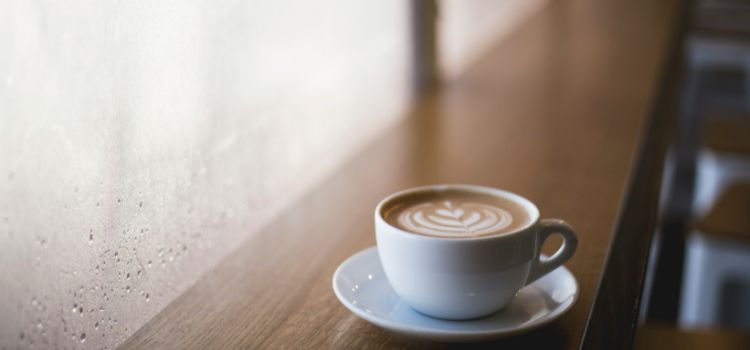
Discover the best coffee for weight loss with these key takeaways. Opt for black coffee, green coffee, or matcha to boost metabolism and aid in shedding excess pounds. Experiment with different varieties to find what works best for your weight loss journey.
Balancing Coffee Consumption For Weight Loss
Evaluate your daily coffee intake to manage calorie consumption effectively.
Choose black coffee over high-calorie flavored options.
Incorporating Other Healthy Practices
Pair coffee with a balanced diet rich in fruits, vegetables, and whole grains.
Stay hydrated with water throughout the day for optimal weight loss results.
Avoid high-calorie coffee drinks and opt for black coffee for weight loss.
Pair coffee with a balanced diet and hydration for best results.
Consider coffee an addition to a healthy lifestyle, not a standalone solution.
Frequently Asked Questions On Which Coffee Is Best For Weight Loss
Is Coffee Beneficial For Weight Loss?
Yes, coffee may aid weight loss by boosting metabolism and increasing fat oxidation. Its caffeine content can also suppress appetite, leading to reduced calorie intake.
What Type Of Coffee Is Best For Weight Loss?
For weight loss, opt for black coffee without added sugar or cream. Avoid flavored syrups and high-calorie additives, as they can negate the potential benefits of coffee for weight loss.
Can Coffee Consumption Affect Weight Loss Results?
While coffee can support weight loss, excessive consumption can lead to negative effects like increased stress and disrupted sleep patterns. Moderation is key for maximizing coffee’s benefits for weight loss.
Conclusion
Coffee can be a beneficial addition to your weight loss journey. By boosting metabolism and increasing fat oxidation, it can enhance your overall calorie burn. However, choosing the right type of coffee is crucial. Opting for black coffee, without any added sweeteners or creamers, is the best choice. Additionally, incorporating coffee into a balanced, healthy lifestyle is essential for achieving weight loss goals. Remember, moderation is key when enjoying your daily cup of joe. With the right choices, coffee can be a helpful tool in your weight loss efforts.
